Verifying images from Red Fort, New Delhipublished at 16:41 GMT 10 November
Verified videos show aftermath of explosion in Delhi
By Joshua Cheetham, Richard Irvine-Brown, Shruti Menon
Just before 14:00 GMT…
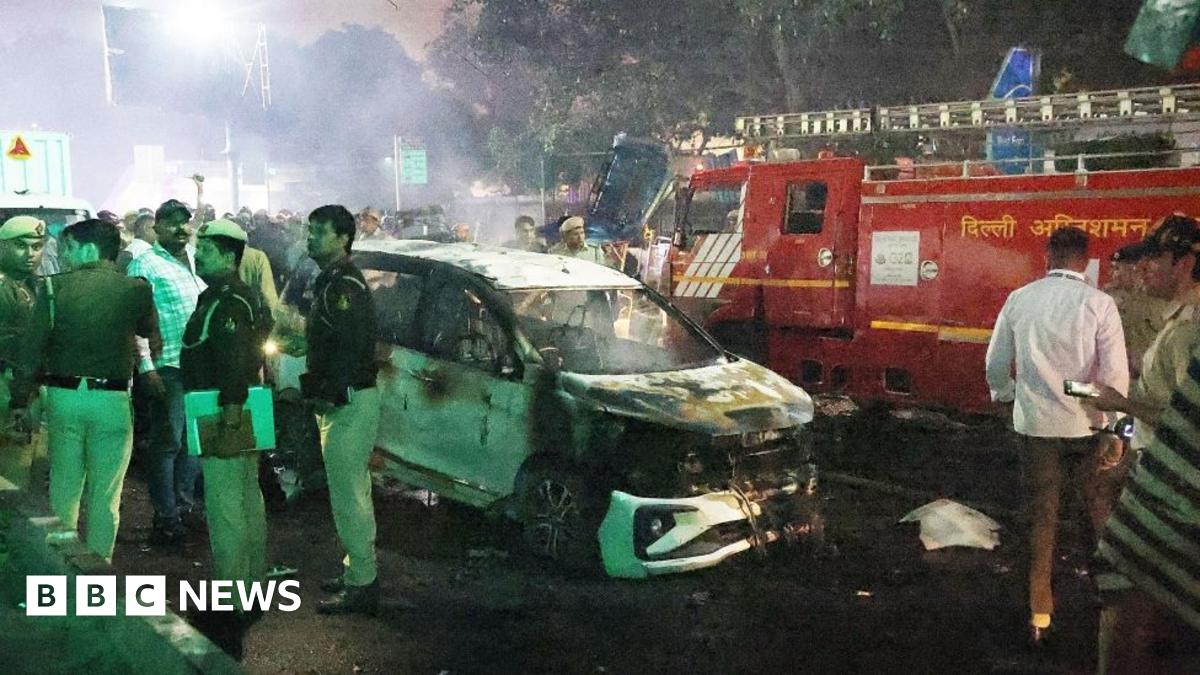
Verified videos show aftermath of explosion in Delhi
By Joshua Cheetham, Richard Irvine-Brown, Shruti Menon
Just before 14:00 GMT…
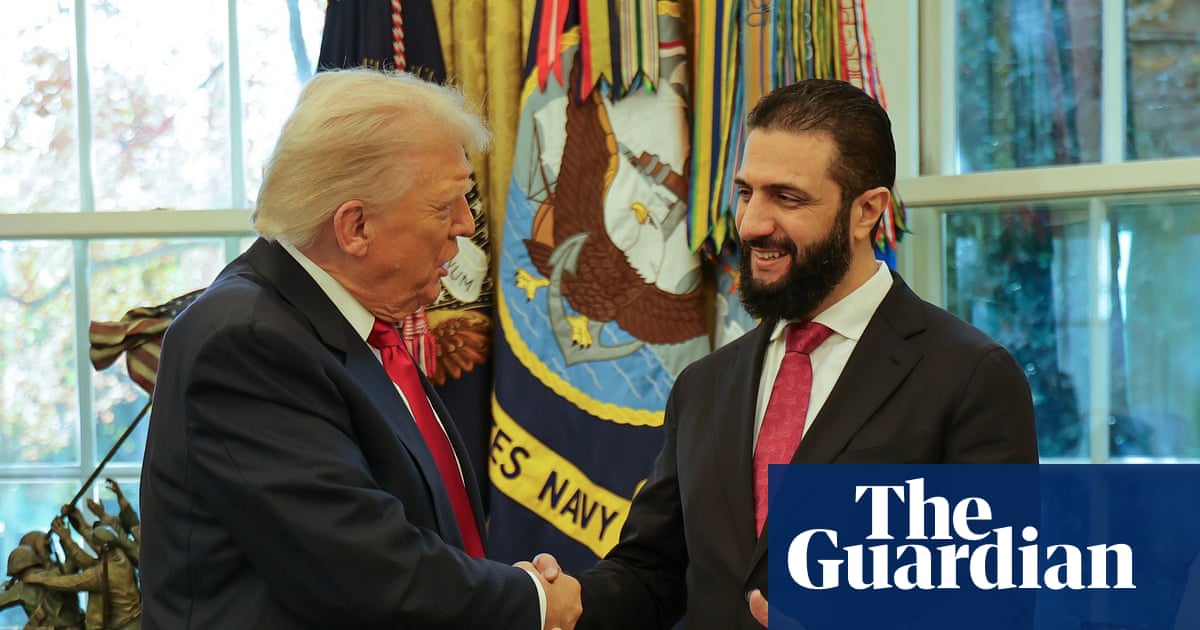
The US has announced a partial suspension of sanctions on Syria after a historic meeting in Washington DC between its new leader, Ahmed al-Sharaa, and Donald Trump.
Monday’s meeting was the first summit between a US and Syrian leader at the…

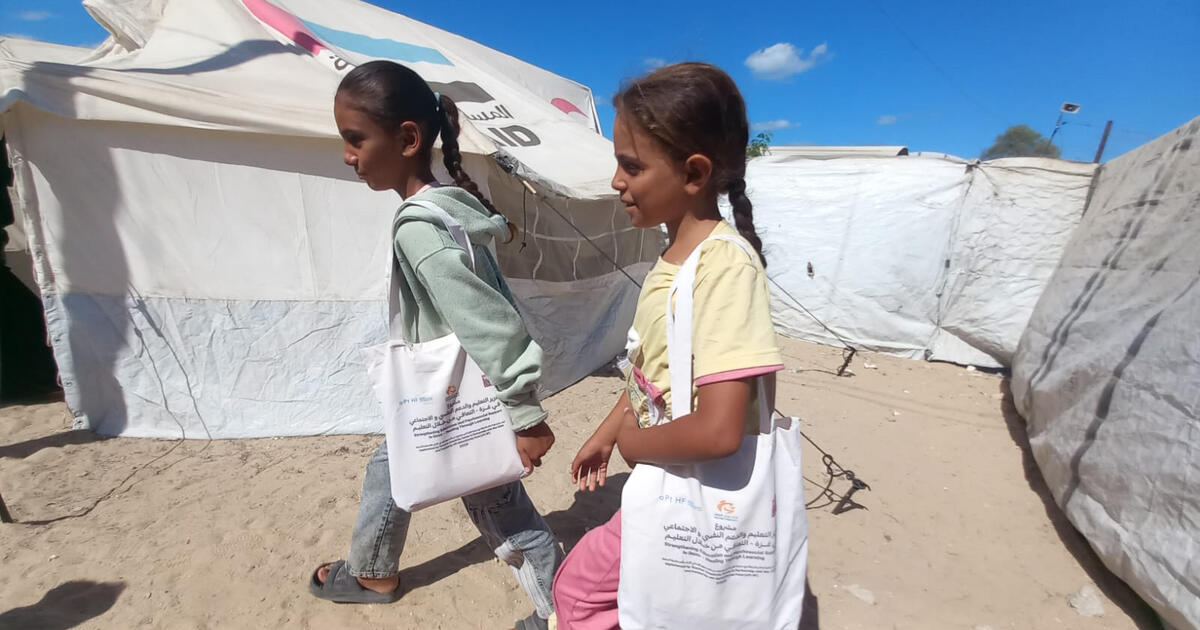
Statement on Gaza by Tom Fletcher, Under-Secretary-General for Humanitarian Affairs and Emergency Relief Coordinator
(New York, 10 November 2025) One month after the Gaza ceasefire, we’re continuing to seize every opportunity to save lives.
The…
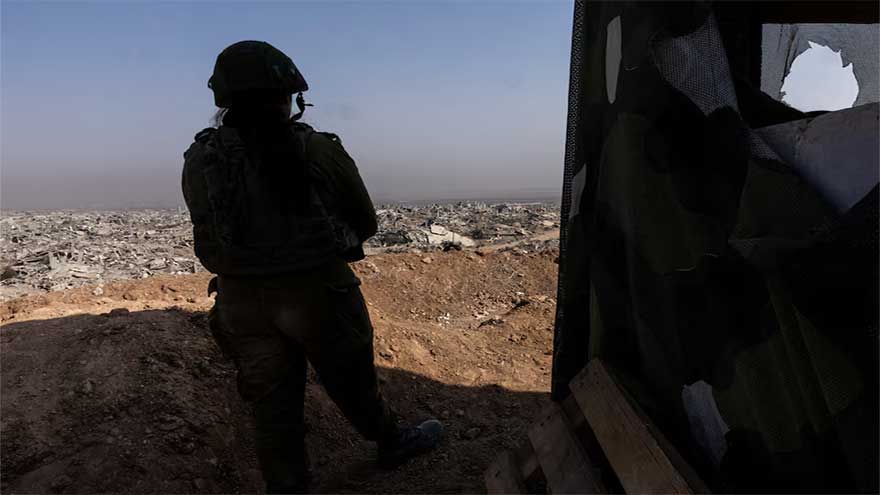
MANAMA (Reuters) – A de facto partition of Gaza between an area controlled by Israel and another ruled by Hamas is increasingly likely, multiple sources said, with efforts to advance US President Donald Trump’s…
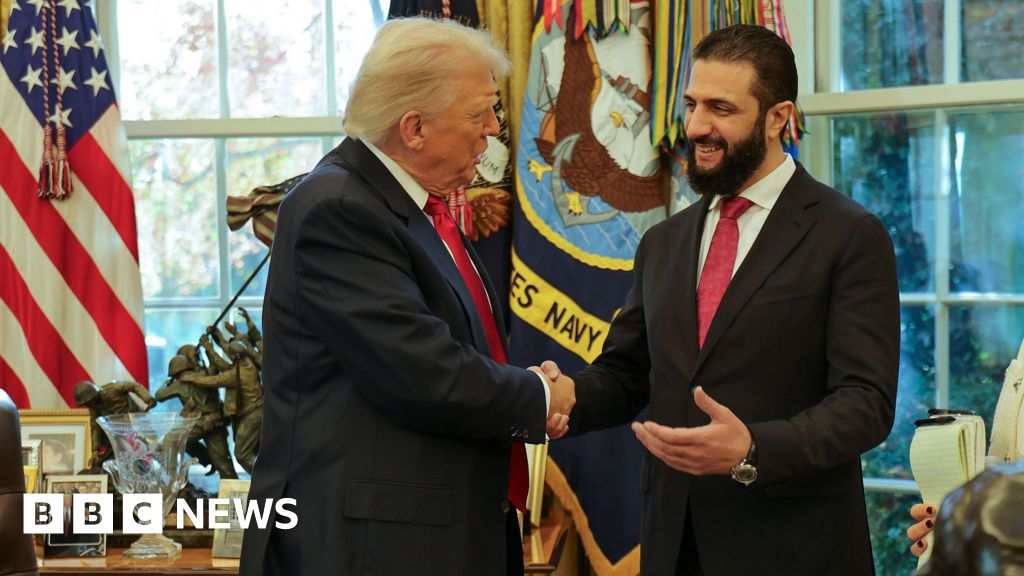
Syria will join the international coalition to combat the Islamic State group, marking a shift in US foreign policy in the Middle East, a senior Trump administration official confirmed to CBS, the BBC’s US media partner.
The announcement came as…